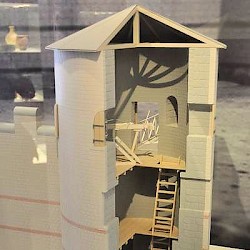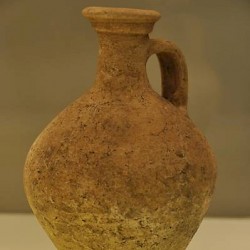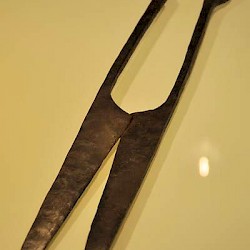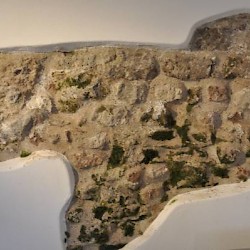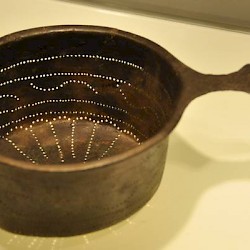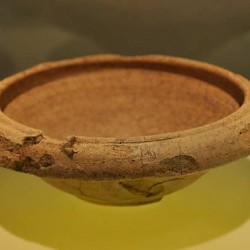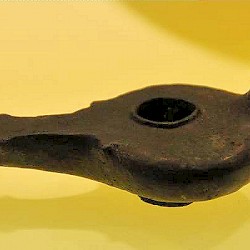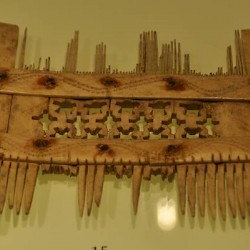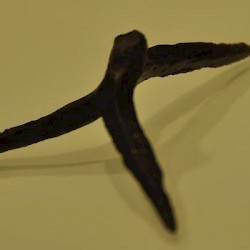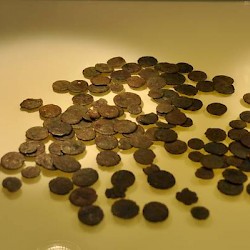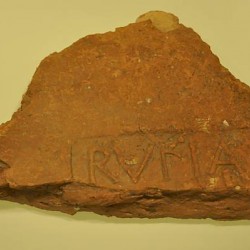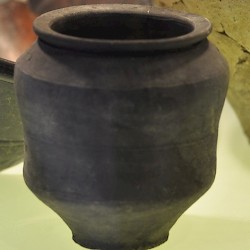Burungum (Haus Bürgel?)
Q1360812Haus Bürgel: late-Roman fort in Germania Inferior, perhaps identical to ancient Burungum.
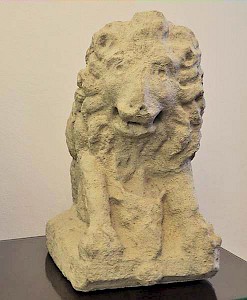
According to the Antonine Itinerary, a Roman fort called Burungum was situated near of Durnomagus; it has been identified with the Roman remains underneath the medieval castle Haus Bürgel (near Monheim am Rhein), but the identification is not uncontested. Today, this site is on the east bank of the Rhine, but the great river has changed its course several times and Hause Bürgel was on the "correct" west bank until the spring of 1374.
Archaeologists have found many objects from the first, second, and third centuries, proving that there was a civil settlement. The village itself, however, is not likely to be identified, because it has probably been destroyed by the meandering Rhine. Pottery from the kilns of the Twenty-Second Legion Primigenia at Xanten suggests a military presence as well, in the second half of the first century. Again, their base has not been found.
What the excavators did identify, however, was the fourth-century wall, which is part of today's Haus Bürgel. Inside and outside the fort, they found many military objects, which prove that the site was in use as a fort after Constantine I the Great (306-337) restructured the Rhine limes. A special find was the "treasure from the bathhouse", which consisted of no less than 139 bronze coins of the last quarter of the fourth century and the first decade of the fifth.
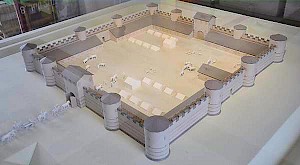
Constantine's castle, which could accommodate about 150 soldiers, measured 64 x 64 meters. It was surrounded by a double ditch. The walls were about 2¼ m wide; there must have been twelve round towers, four on the corners and four times two between the corner towers. None of these survives, although one medieval tower, still visible in the northwest, rests on ancient foundations. The two gates were directed to the east and west.
The site was, at some point in the late fourth century, taken over by Frankish allies of the Roman Empire. This is comparable to the history of other forts of the Rhine frontier, where we also find German garrisons.

The youngest coin of the treasure of the bathhouse can be dated to 408, which means that the site was still intact after the crisis of 406/407, when many Germanic tribes (e.g., the Vandals) crossed the Rhine. These Germans were no allies, but enemies.
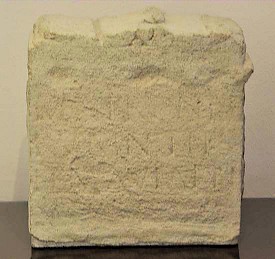
The Franks of Haus Bürgel appear to have held out for some time, but the Romans never restored order, and the garrison commander must have started to act increasingly independent. The castle was destroyed by fire in the second half of the fifth century.
The site remained abandoned until about 1019, when a "castle in Burgela" is recorded. It is now known as Haus Bürgel, and can be visited.
Links
Thanks to Jörg Mortsiefer.
